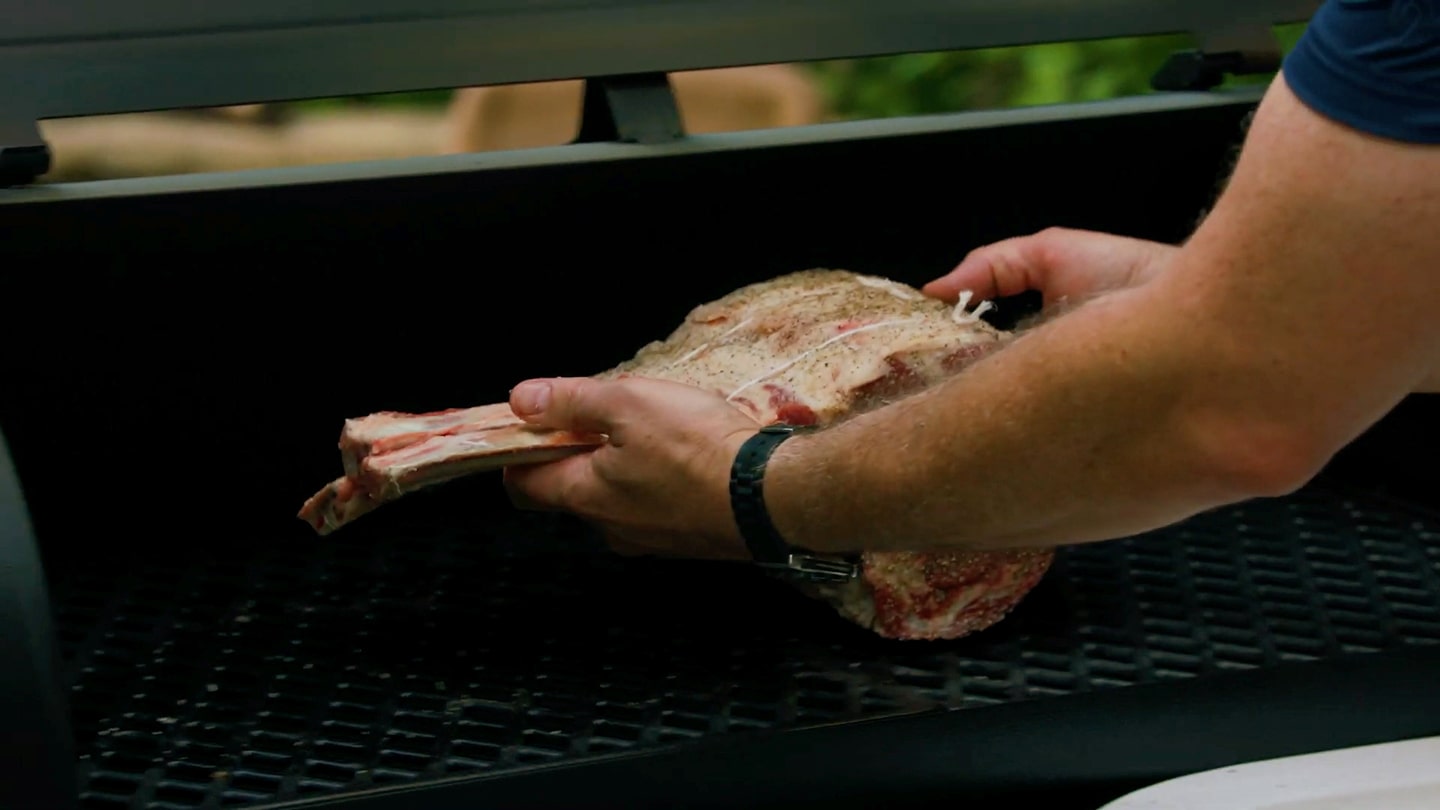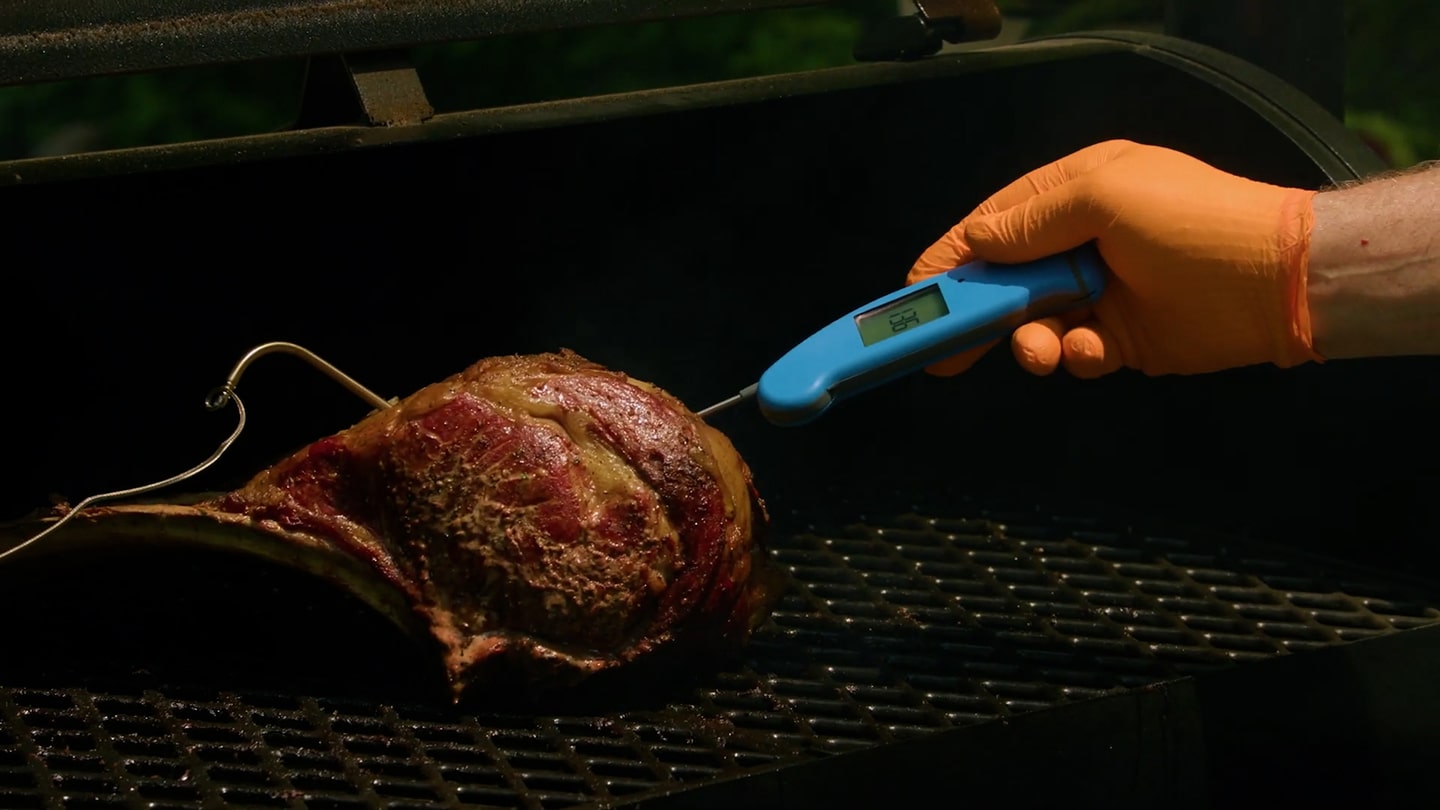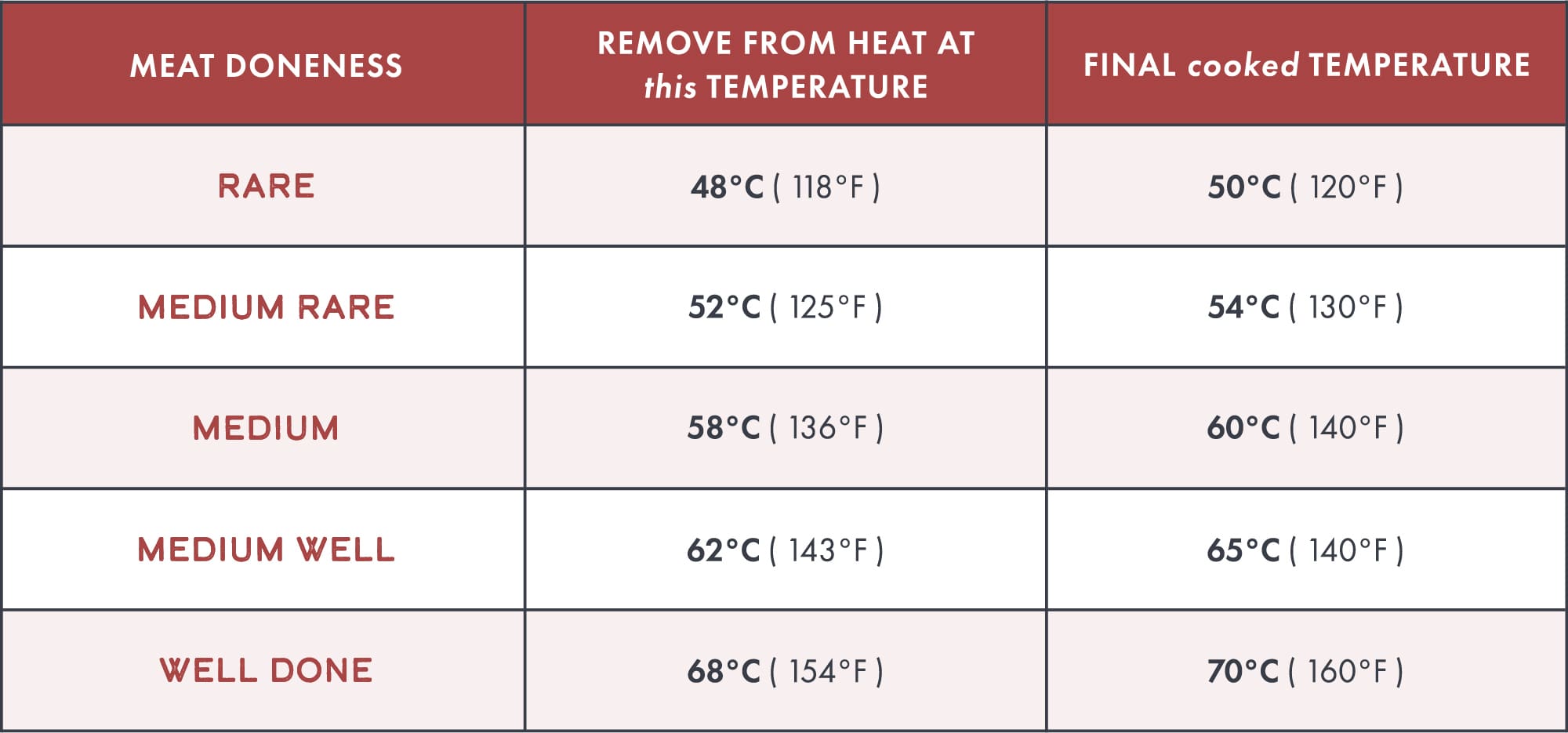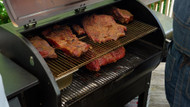A very basic definition...
...of the term cooking is described as the preparation of food by combining, mixing, and heating ingredients. The way in which and to what level we combine, mix, and heat ingredients is where art and science enter the picture. Now that the weather is luring most of us out to our grills, we thought it would be the perfect time to review direct and indirect heat.
Simply put: direct heat means you cook directly over (or even in) the heat source, and indirect heat means you cook your ingredients adjacent to the heat source. Your heat source can be anything from natural gas or propane flame, an electric burner, coals, or wood. No matter what kind of heat source you are cooking with, it is the cut of meat that determines whether you will use direct or indirect—and for how long.

Photo Courtesy of: Prairie Street
Direct Heat: High and Fast
There’s no denying that directly over the flame is the hottest place on your grill. You’ll utilize this area for ingredients that are thinner and leaner. For example, cuts like our Beef Hanger Steak, Lamb Single Cut Rib Chops, and burgers made from our Ground Blends are ideal for direct heat. Being kissed by the flame, these meats will achieve a great sear and still cook to that delicious medium rare before you know it.
Indirect Heat: Low and Slow
Away from the direct heat is where the residual, ambient heat lingers. This indirect heat is perfect for cooking larger, hardier cuts that need more cooking time. Succulent ribs and meaty roasts, which require a longer cooking time, become juicy and tender over indirect heat and lower temperatures. For best results, keep the lid of your grill closed.

Photo Courtesy of: Prairie Street
Using Both
Let’s say you’re cooking up one of our thick, juicy USDA Prime Beef Tomahawks. You want two things: a classic sear on the outside and a perfectly pink interior. In order to achieve those iconic steakhouse grill marks, you need to sear over the flame—direct heat. However, keeping your Tomahawk directly over the heat for too long will cook your meat improperly. So, once you’ve got those grill marks, move the Tomahawk away from the flame so it can cook through slowly—indirect heat.
Internal Temperature Guide
Now that we’ve covered the basics of what to put where on the grill, we’d be remiss to leave out internal temperatures. Below is a guide for doneness and internal temperatures. Because all proteins experience carryover cooking, you need to remove your meat before it reaches the final desired temperature. For example, since we prefer to eat our steaks medium rare, we remove them from the grill when the internal temperature reads 125°F. This way, after it rests for about 10 to 15 minutes, its internal temperature will have risen to 130°F.

Photo Courtesy of: Prairie Street
IN A NUTSHELL: Grill management allows for multiple items with different cooking times to cook simultaneously. Be sure to keep areas on your grill where there are cooler spots. Items will have to be moved off direct heat, so they do not overcook. Cooking over indirect heat allows the food to cook evenly.
Happy grilling!
Feature Photo Courtesy of: Prairie Street

